“life is once forever”
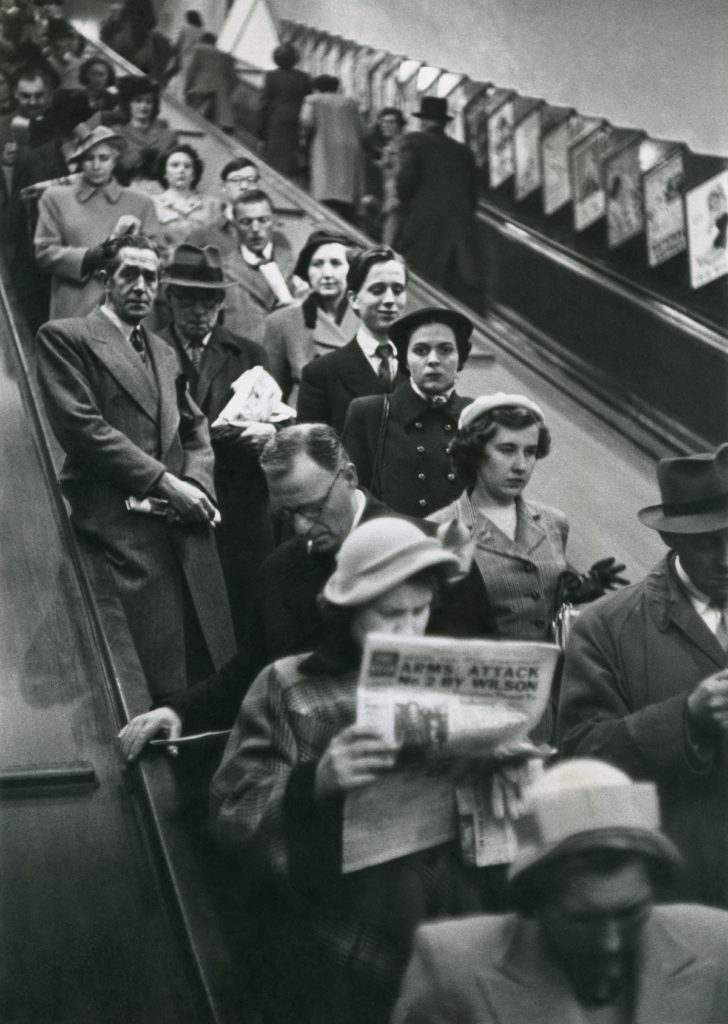

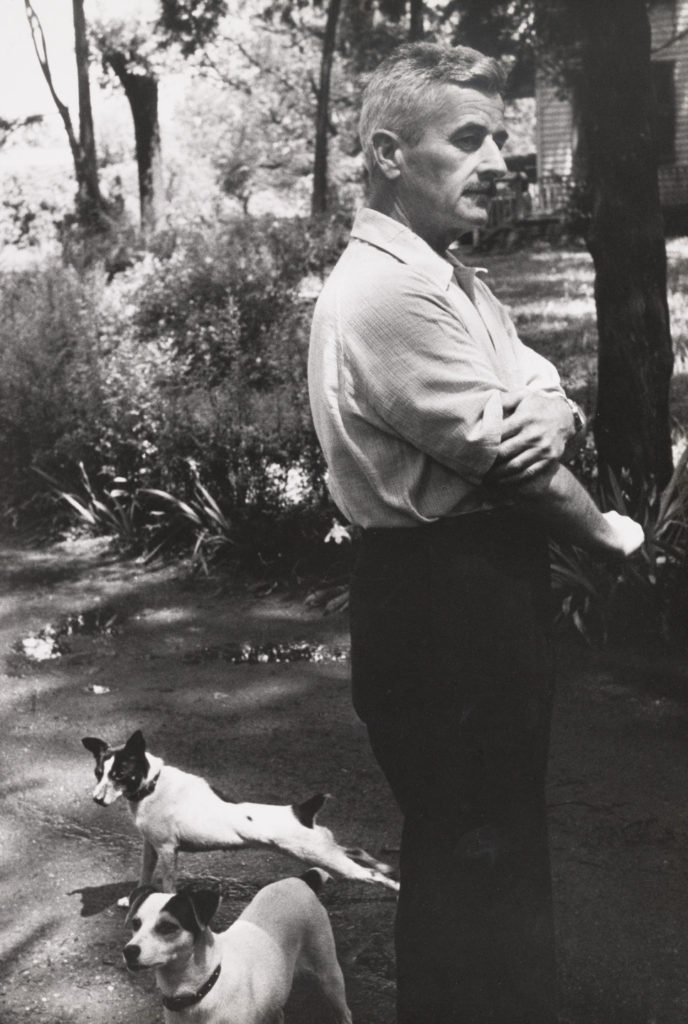
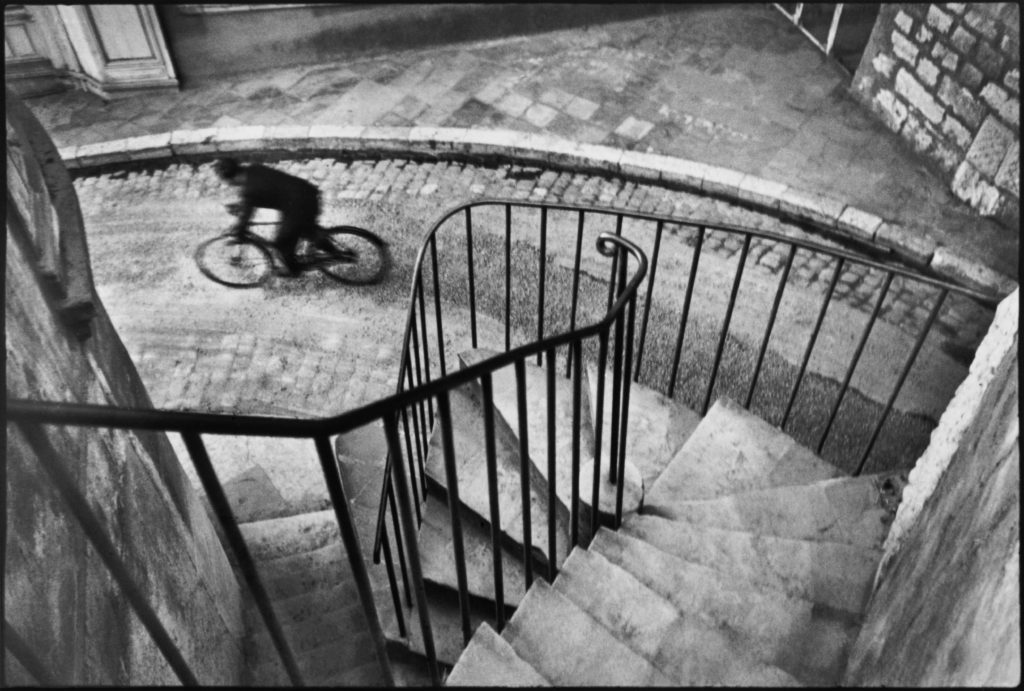
Henri Cartier-Bresson (1908-2004) explores his own ideas of the ‘decisive moment’ and is considered as one of the fathers of photojournalism. “It’s a bit like hunting” – he attempted to capture the ‘everyday’ and was primarily interested in recording humanity.
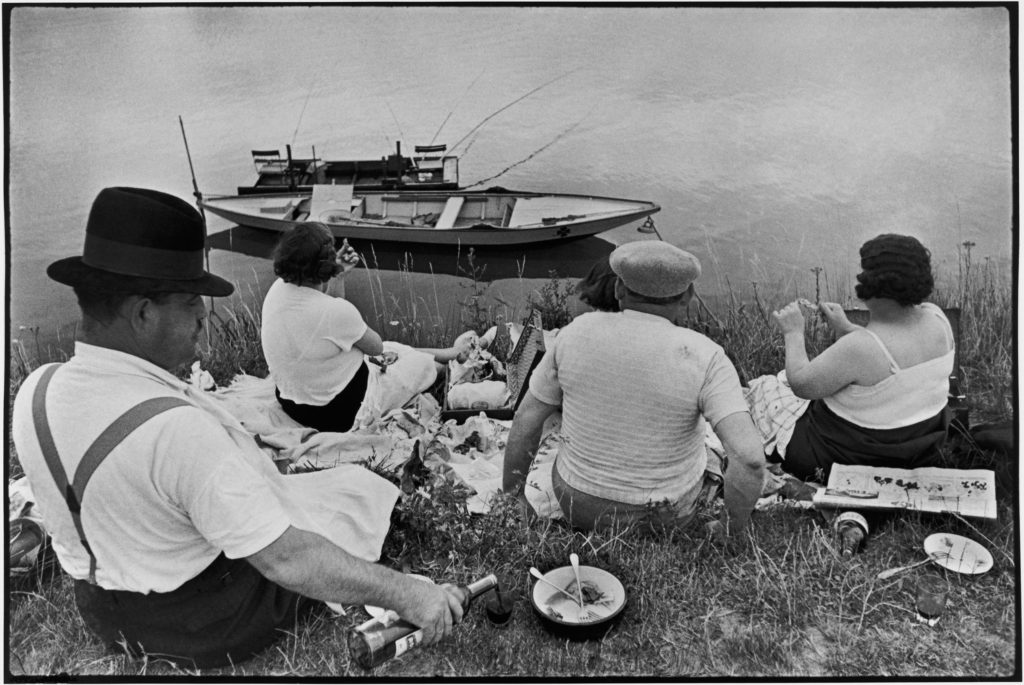
He worked with the responsibility of rapidly supplying the world with information, be it from the liberation of Paris to Ghandi’s funeral. Cartier-Bresson aided in the development of street photography, a genre still used and highly influential today. He began his work as second assisstant director to Jean Renoir in some of his films, including what is considered to be one of the most influential moving pictures of the 20th Century, La Règle du Jeu (1939).
The Decisive Moment
He created his photographic book ‘The Decisive Moment’ which has been described as ‘a Bible for photographers’. This title given to the book when it was published English subsequently imposed the motto that is now used to describe most of Cartier-Bresson’s works.

The cover was designed by French artist, Henri Matisse. He uses his signature style of art from the later years of his life when he lost his sight to create the cover, which is very misleading as to what the book holds inside.
“For me the camera is a sketch book, an instrument of intuition and spontaneity, the master of the instant which, in visual terms, questions and decides simultaneously. In order to ‘give a meaning’ to the world, one has to feel involved in what one frames through the viewfinder. This attitude requires concentration, discipline of mind, sensitivity, and a sense of geometry. It is by economy of means that one arrives at simplicity of expression.”
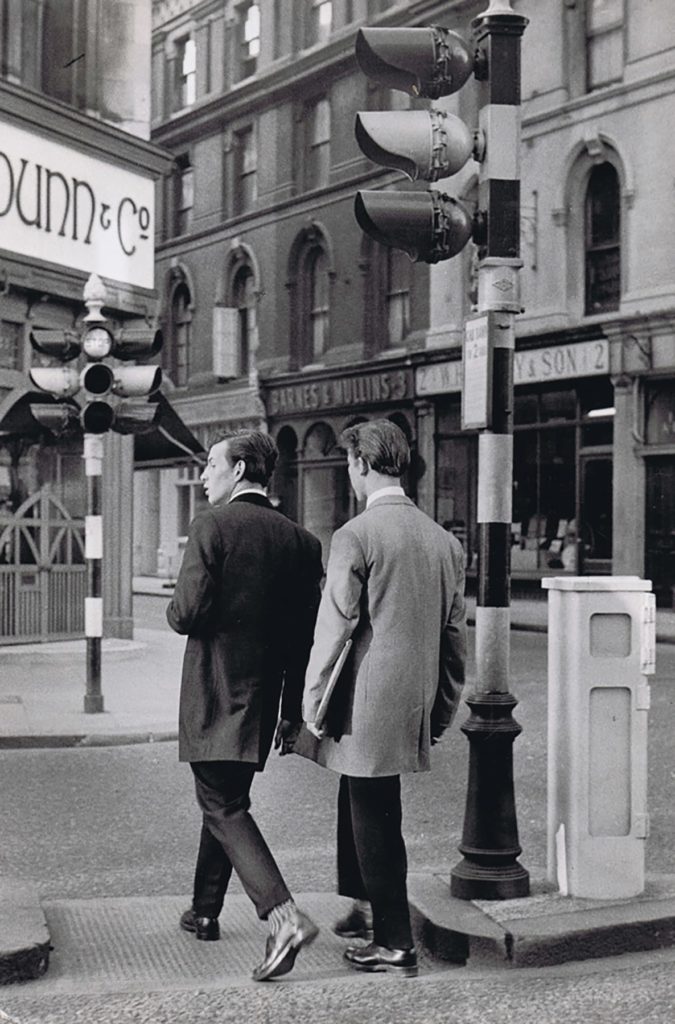
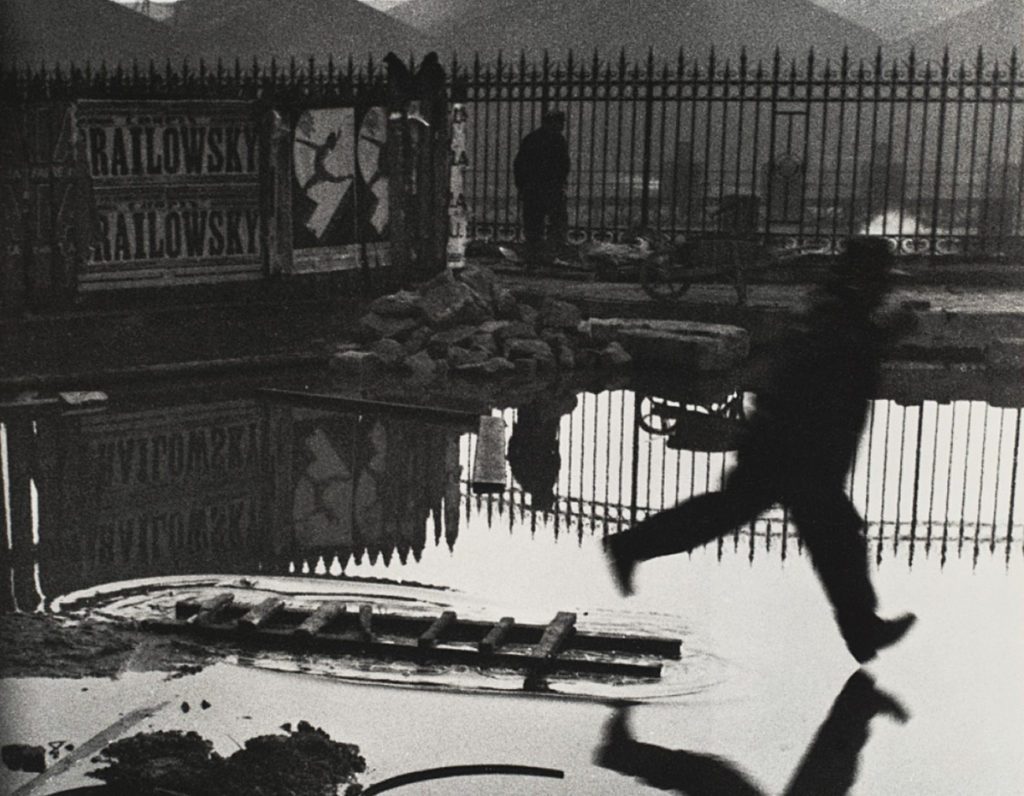
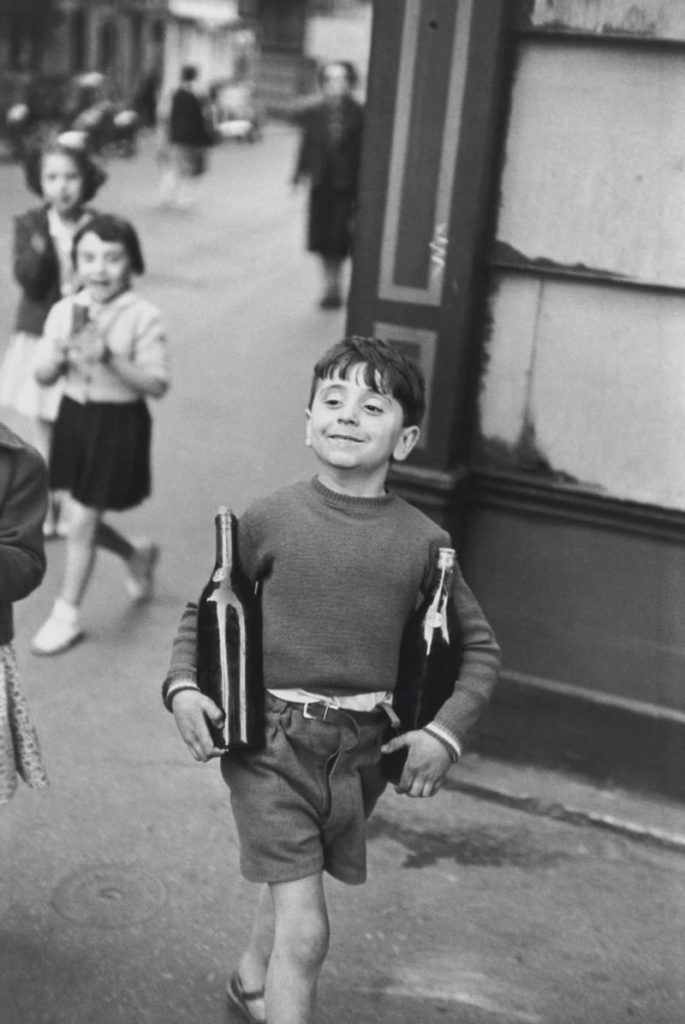
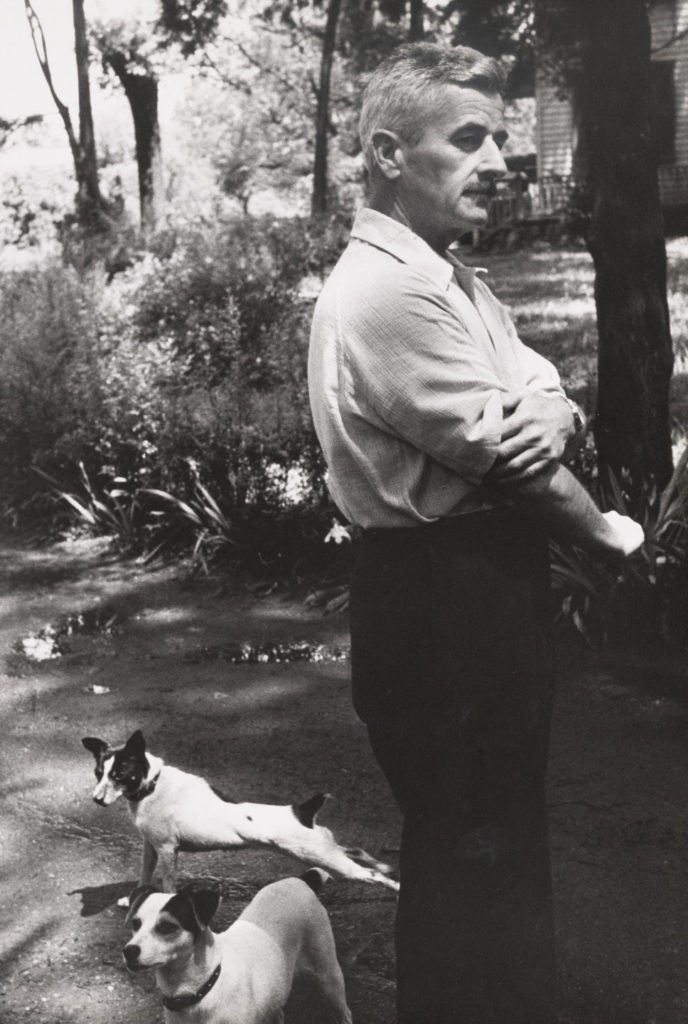


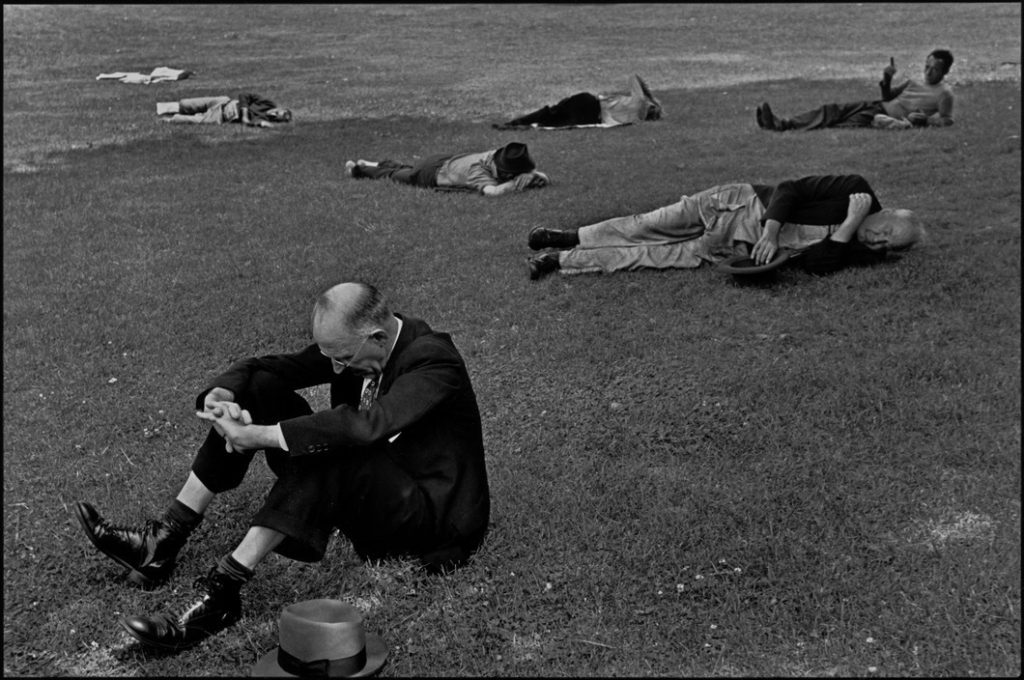

Essentially Cartier-Bresson’s works were sketchbook pieces, all photographic ideas that happened to work. That is what I find interesting within his photos, no-one will ever be able to recapture his photographs – they will be shown in history as his outcomes for eternity.
Image Analysis

The photograph shown above seems to me like a very nostalgic image. It clearly shows Cartier-Bresson’s use of the ‘decisive moment’ as everyone within the frame seems unaware of the camera or chooses to ignore it. The simple monochromatic scene shows an obvious separation between the river bank and the water with a line of division cutting directly across the centre of the image. The divide is masked by the natural shapes of the people depicted as they are sat firmly on the bank but their heads and torsos cross this central line of the photo. The water has a very uniform look with very similar colours in itself but the boat disturbs the calm of the colouration casting a heavy, black shadow onto the water. It clearly utilises Cartier-Bresson’s concept of the ‘decisive moment’ as the group seem unaware of his presence and completely relaxed; either pouring a glass of wine or tucking in to the food.
